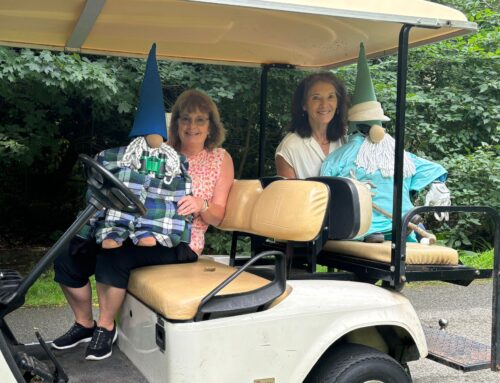Invaders Descend
At the Pollinator Preserve, as with any garden, each year brings highs and lows. We excitedly anticipate the return of the common milkweed plants by late April, but we know hungry aphids will soon follow to feed on the juices from the plant’s stems and leaves. The aphids quickly multiply, threatening to destroy the plants unless a predator arrives to consume them. It’s a precarious time knowing the milkweed could lose the battle and the aphids could flourish unless we step in and manually remove them.
But in the Pollinator Preserve we like to allow the insects to tell their stories as they interact with the plants. We try to be patient as we wait for the first lady beetles to show up. That’s right, they are actually classified in the order of beetles, not the order of true bugs! So calling them lady beetles is more accurate. These lady beetles have a diet that primarily consists of aphids, and their hungry larvae will consume hundreds of them. The females seek out an optimal place to lay their bright yellow eggs, often right on the underside of the milkweed leaves, ensuring a new generation of aphid-eating helpers.
Heroes Arrive
Once the lady beetle eggs hatch, the larvae begin the hunt for soft-bodied insects. Their appetite is impressive and they can spend up to a month eating aphid after aphid, shedding their skin a number of times as they grow. To the delight of our visitors they look like tiny alligators during this phase! After weeks of hearty meals they eventually pupate for their final metamorphosis, turning into the familiar adult lady beetle we all recognize.
Take a look at the photos and become familiar with the life cycle of lady beetles. You’ve likely encountered them before and may not have realized what you were seeing. We encourage you to welcome these amazing creatures into your own gardens!




Balance is Restored
It’s a great time to be out in nature, and most days we can see the life stages of these hungry beetles along with many other insects at the Pollinator Preserve. While you are there, you might see caterpillars and bees alongside butterflies and hummingbirds. Various other beetles, weevils and wasps also visit, relying on the food sources of this small space for nourishment.
We love watching and listening to nature along with understanding the connections between native plants, pollinators and the myriad of other insects that are an integral part of this ecosystem. The next time you’re at Tyler Arboretum, make sure to stop by the Pollinator Preserve where every day brings something new to see!






